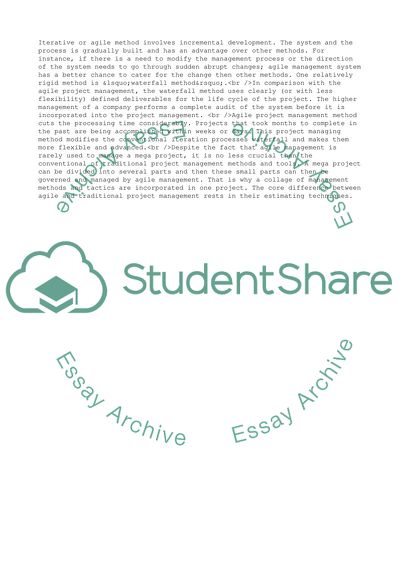Cite this document
(“Traditional Way and Agile Way of Management Essay”, n.d.)
Traditional Way and Agile Way of Management Essay. Retrieved from https://studentshare.org/management/1594138-traditional-way-and-agile-way-of-management
Traditional Way and Agile Way of Management Essay. Retrieved from https://studentshare.org/management/1594138-traditional-way-and-agile-way-of-management
(Traditional Way and Agile Way of Management Essay)
Traditional Way and Agile Way of Management Essay. https://studentshare.org/management/1594138-traditional-way-and-agile-way-of-management.
Traditional Way and Agile Way of Management Essay. https://studentshare.org/management/1594138-traditional-way-and-agile-way-of-management.
“Traditional Way and Agile Way of Management Essay”, n.d. https://studentshare.org/management/1594138-traditional-way-and-agile-way-of-management.


